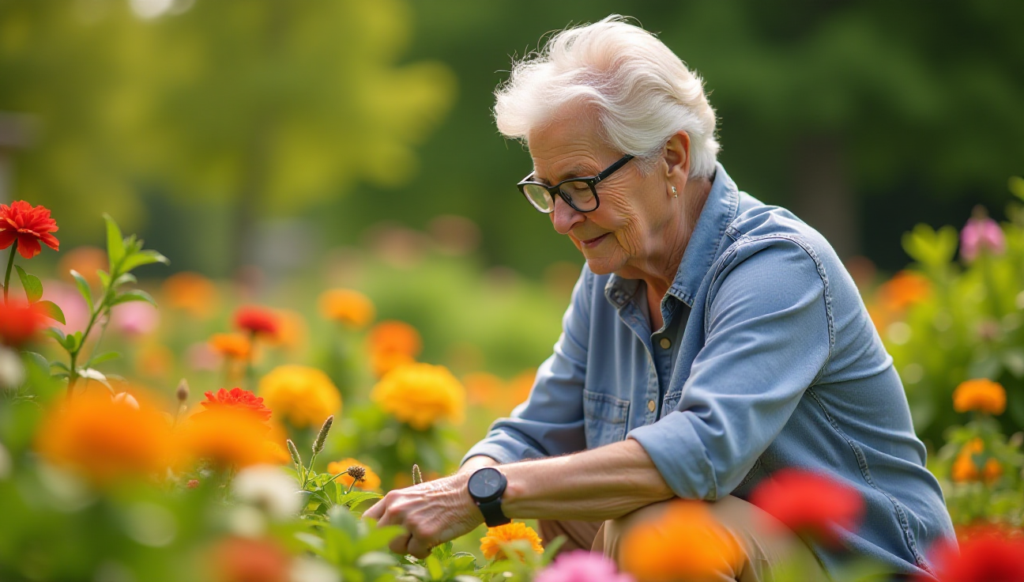
Falls are a leading cause of injury, especially among seniors and individuals with mobility challenges. According to the CDC, more than 36 million falls occur annually among older adults in the United States, resulting in over 3 million emergency room visits. For those at higher risk, timely intervention after a fall can mean the difference between a swift recovery and severe complications.
This is where fall detection technology steps in. Devices like the Pulsevia Smart Medical Watch are equipped with advanced sensors and AI-driven features that can detect falls in real time and automatically alert caregivers or emergency responders.
How Does Fall Detection Work?
Fall detection uses a combination of sensors and algorithms to recognize sudden movements and impacts that indicate a fall. Here’s how the technology works:
- Sensors Detect Sudden Movement Changes:
- Accelerometers and gyroscopes inside the device measure movement, speed, and orientation.
- If the watch detects a rapid downward motion followed by a sudden stop, it identifies this pattern as a potential fall.
- Algorithm Confirms the Fall:
- The system analyzes the motion data to differentiate between a fall and other activities like sitting down quickly or dropping the watch.
- Advanced algorithms reduce false alarms by recognizing distinct fall patterns.
- Automatic Alert Activation:
- If a fall is detected, the device sends an alert to emergency contacts or a 24/7 call center (if enabled).
- The alert includes the user’s location via GPS, ensuring help arrives promptly.
Why Is Fall Detection Crucial?
1. Rapid Response in Emergencies
Falls can lead to serious injuries such as fractures, head trauma, or even life-threatening conditions. For seniors, the longer they remain on the ground, the higher the risk of complications like dehydration or pressure sores.
2. Peace of Mind for Families and Caregivers
Families often worry about loved ones living alone or navigating mobility issues. Fall detection provides reassurance that help is always just a signal away.
3. Supporting Independent Living
Many seniors prefer to age in place, maintaining their independence at home. Fall detection makes this possible by adding a safety net that doesn’t require constant caregiver supervision.
4. Critical for High-Risk Individuals
Fall detection isn’t just for seniors. It’s also vital for:
- People with balance disorders or mobility impairments.
- Individuals recovering from surgery or illness.
- Those with conditions like epilepsy or Parkinson’s disease, where falls are more likely.
Ready to add this vital safety feature to your life or your loved one’s? Learn more about Pulsevia at Pulsevia.com.
